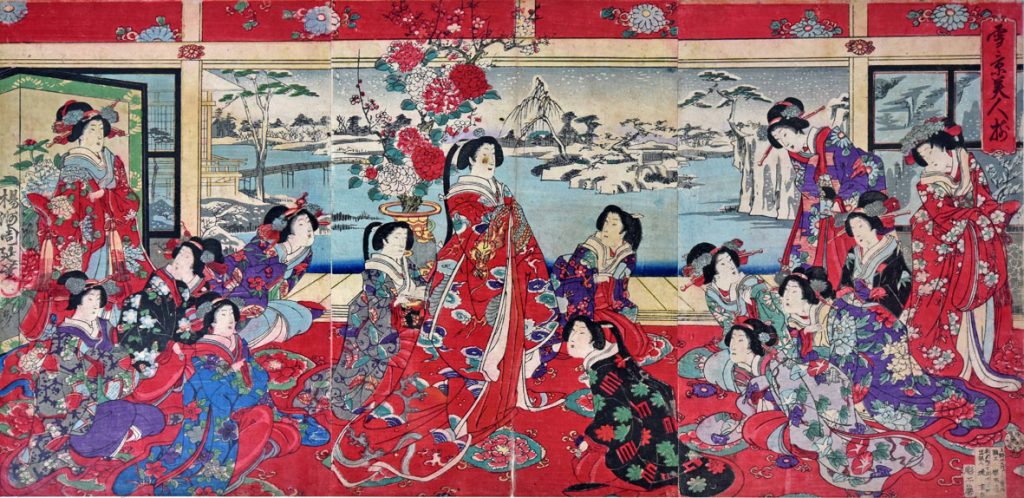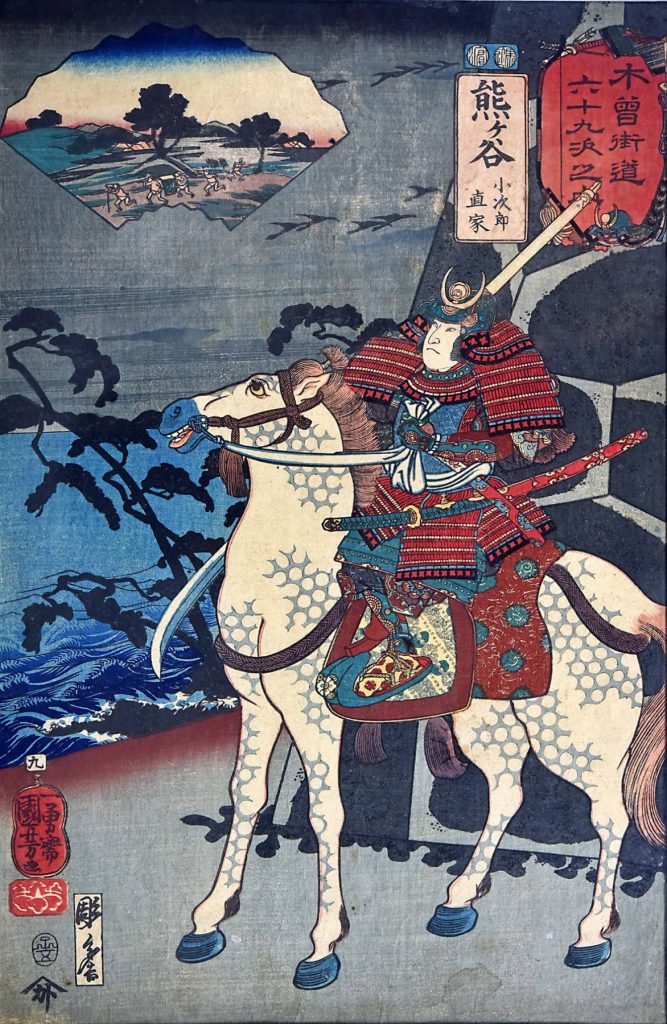Japan’s intriguing culture and art will be on display at the Villa Real in Monza (Lombardy) from January 30 through June 2, 2020. The best of two large private collections will take visitors on a journey to Japan.
Developed by Francesco Morena, the itinerary offers a cross-section of the traditional arts of the Far Eastern archipelago through a precise selection of works dating from the fourteenth and twentieth centuries. Valter Guarnieri’s collection will be joined by some kimonos from the collection of Lydia Manavello, a collector from Treviso who is an expert in Asian fabrics.

Geisha and Samurai
The central part of the exhibition is dedicated to the combination of Geisha and Samurai. Traditional Japan is in fact a country populated by beautiful women, the geishas, and daring warriors, the samurai. The military class dominated the country of the rising sun for a very long time, from the twelfth to the mid-nineteenth century, imposing its political will and developing a very refined culture whose echo is still felt today in many areas.
The geisha, or more generally feminine beauty as we understand it (oval face with white powder, elegant clothes and cadenced ways), represented for Japan an equally rooted cultural topos. From the highly cultured court ladies of the Heian period (794-1185) to the courtesans who lived between the seventeenth and nineteenth centuries, so well immortalized by Kitagawa Utamaro (1753-1806), the painter who better than any other has restored the liveliness of the districts of the pleasures of Edo (now Tokyo).
Nature
A section of the exhibition is reserved for the relationship between the Japanese and nature, which in Shintoism, the indigenous philosophical and religious doctrine of the archipelago, is an expression of divinity. This privileged relationship with Nature is investigated here through a series of paintings on a vertical scroll, part of which were made between the nineteenth and twentieth centuries, at the dawn of modern Japan.
Outside Influence
In the mid-nineteenth century, after more than two centuries of conscious isolation, the country decided to open up to the world. Thus, in the space of a few decades, Japan advanced with conviction towards modernity. Meanwhile, Europeans and Americans began to appreciate its fine arts and many came to discover the mythical archipelago. The changed scenario thus led many artists to adopt foreign techniques and styles, and many artisans to produce works explicitly intended for foreign buyers.
Photography and Calligraphy
Foreigners who visited the archipelago frequently bought photographs to preserve and share the memory of the mysterious and beautiful country. This is the case of the stranger who acquired the works in the exhibition, who wrote down the descriptions of the places and activities depicted in his shots in Spanish, in the margins of the photographs.
The last room is reserved for one of Japan’s most complex, and at the same time most fascinating art forms, writing. Large screens adorned with powerful calligraphies conclude the exhilarating exhibition itinerary.
Info
Japan. Land of the Geisha and the Samurai at Villa Reale in Monza
From January 30 through June 2, 2020
For museum hours and ticket information, visit the official website Villa Reale
Ufficio Stampa Studio ESSECI
studioesseci.net


